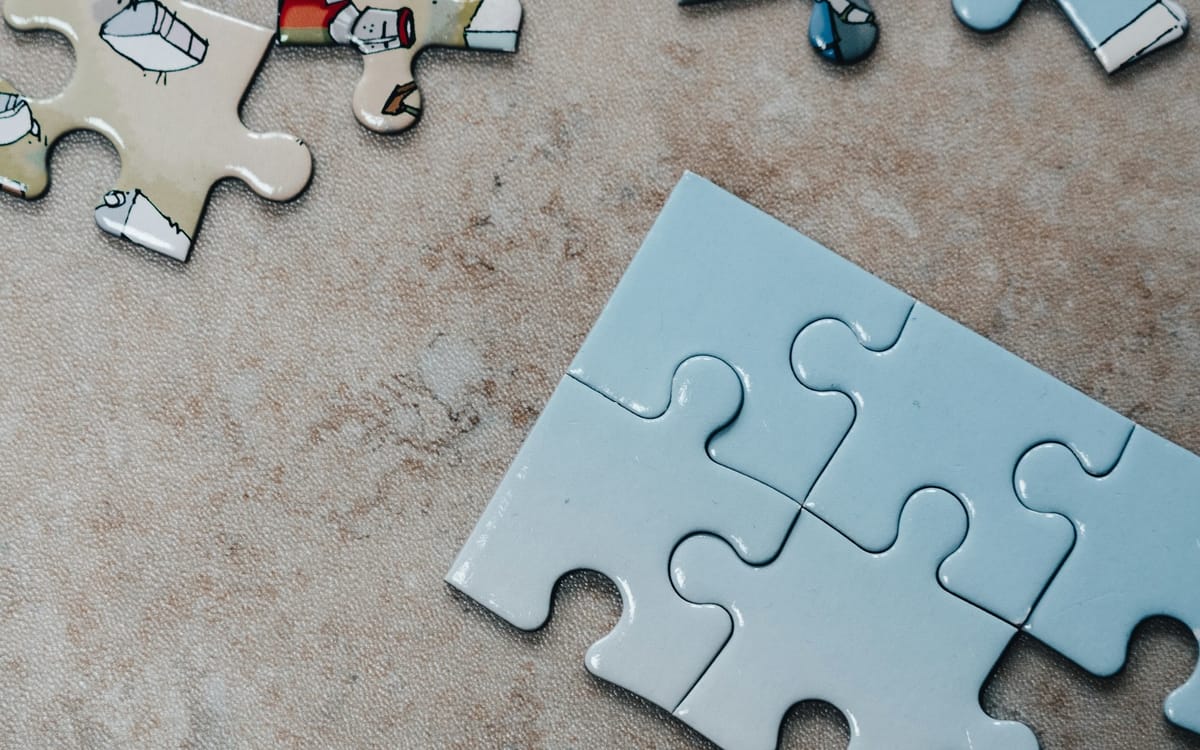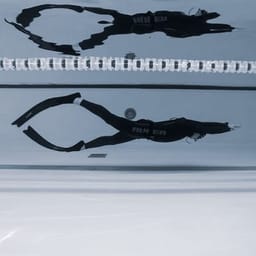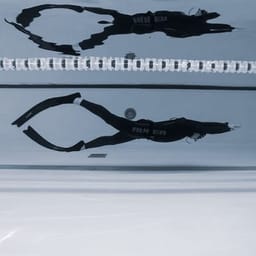Unveiling DNF: Numbers are just milestones – the real growth happens in the journey toward them
Progress in DNF isn’t just about hitting numbers—it’s about mastering each level step by step. Start with buoyancy and relaxation, then refine your technique, build breath-hold capacity, and develop advanced strategies. Focus on the process, and progress will follow.

In freediving, goals should be less about the destination and more about what you become in the process.
When I started my journey of consistency and a structured approach six months ago, I never expected such significant progress. My initial mindset was focused on numbers—my goal was to reach 150m DNF, with my previous best being 100m. I assumed that hard training alone would get me there. That was the big mistake. I quickly realised that training harder wasn’t the solution. I needed to focus on setting up the baseline, that would structure my entire approach.
Later in this article, I'll share the most valuable lessons I've learned so far and my perspective on progression with DNF.
Consider these as my own perspective, which might also be relevant to your training. However, don't interpret them too rigidly or without question. They are meant to support your journey, not restrict it.
Key Lessons Learned
Chasing numbers can feel rewarding at first, but over time, it can lead to distraction, demotivation, and even stagnation. I learned to be more focused on the process rather than specific numbers.
Here are the pivotal lessons from my journey:
- Safety is always the top priority – train only with a trusted buddy.
- Focus on the process, not the distance – progress comes naturally when fundamentals are prioritised.
- Prioritise buoyancy and relaxation before advancing to refinement of technical aspects.
- Refine your technique gradually, celebrating small improvements instead of chasing perfection in every session.
- Focus on being consistent rather than chasing occasional personal bests to keep your motivation strong.
- Slower means faster – move slower and stay relaxed; paradoxically, this often leads to faster, more efficient progress.
- Embrace submaximal dives and practice them regularly under varying conditions - this builds adaptability for your body and mind.
- Track your health markers, including sleep quality, HRV, and blood metrics, to maintain peak physical condition.
- Analyse your training data to recognise patterns, avoid overtraining, and adjust your workload effectively.
I’d love to hear your thoughts and lessons learned as well! Feel free to share them in the comments. Also, join me at The Freedivers Exchange online event on April 26th, 2025, where I’ll dive deeper into my experiences and how I broke through my stagnation.

The Levels of DNF Progression
Progressing in DNF isn’t just about pushing your limits—it’s about building the right foundation, step by step.
You need to have the right approach and structure that will guide you, and support your trainings and exploration of DNF over time.
I’ve broken DNF progression into five levels and cross-cutting general aspects. Such structure, helped me plan my workouts so that my efforts were focused on specific aspect, which I referred to as DNF puzzles.

Collection of key DNF aspects
Here is my view on DNF progression levels:
- Level I: Buoyancy & Mental resilience (The Foundation)
- Level II: Technique—Legs, Arms, Turns, Streamline, and Glides
- Level III: Low O2 & High CO2 Tolerance
- Level IV: Expanding lungs volume
- Level V: Performance Refinement & Peak Preparation

Over past months I built my awareness of each of them and the process of learning led me to great progress.
With this structure in mind it was easier for me to plan my journey. With only two pool sessions per week (checkout my weekly training routine), I had to prioritise my focus to maximise each training’s benefits.


